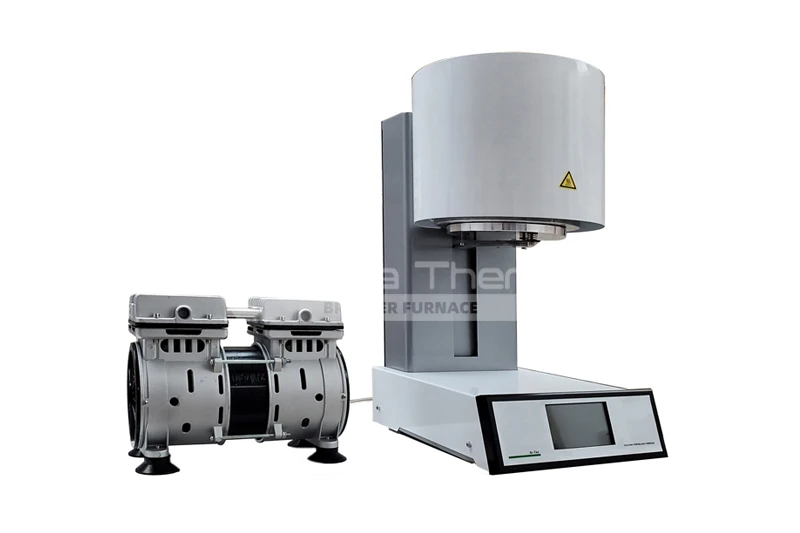What materials can dental furnace process?
Dental furnaces serve as the backbone of modern dentistry, enabling the precise fabrication of various dental prostheses. One of the key factors contributing to the effectiveness of dental furnaces is their versatility in handling a wide range of dental materials. In this blog post, we'll delve into the different types of materials that dental furnaces can process, highlighting their unique properties and applications.
Ceramic Materials
Ceramic materials are among the most commonly used in dental restorations due to their excellent aesthetic properties and biocompatibility. Dental furnaces can handle various types of ceramic materials, including:
Zirconia: Known for its exceptional strength and durability, zirconia is often used for fabricating crowns, bridges, and implant abutments.
Feldspathic Porcelain: This traditional porcelain material offers excellent translucency and natural aesthetics, making it suitable for veneers and anterior restorations.
Lithium Disilicate: With its high strength and fracture resistance, lithium disilicate is ideal for fabricating crowns, inlays, and onlays.
Metal Alloys
Metal alloys are frequently used in dental restorations to provide strength and stability. Dental furnaces can process various types of metal alloys, including:
Cobalt-Chromium: Offering high strength and corrosion resistance, cobalt-chromium alloys are commonly used for partial dentures and implant frameworks.
Titanium: Known for its biocompatibility and lightweight properties, titanium alloys are often used for implant abutments and frameworks.
Noble Metals (e.g., Gold): These precious metal alloys provide excellent biocompatibility and are suitable for fabricating crowns, inlays, and onlays.
Composite Resins
Composite resins offer versatility and aesthetic appeal in dental restorations. Dental furnaces can handle composite resin materials such as:
Nano-hybrid Composites: These advanced composite materials combine nanofillers and hybrid resins to achieve excellent esthetics and durability, making them suitable for direct and indirect restorations.
Bis-acryl Composites: Bis-acryl composites are commonly used for temporary crowns, bridges, and other provisional restorations due to their ease of use and quick setting properties.
Hybrid Materials
Hybrid materials combine the properties of ceramics, metals, and/or resins to achieve specific aesthetic and functional requirements. Dental furnaces can process hybrid materials such as:
Zirconia-reinforced Lithium Silicate: This hybrid material combines the strength of zirconia with the esthetics of lithium silicate, making it suitable for crowns, bridges, and veneers.
Metal-Ceramic Composites: These materials combine the strength of metal alloys with the aesthetic qualities of ceramics, offering versatile options for dental restorations.
In conclusion, dental furnaces play a pivotal role in the fabrication of various dental prostheses by offering versatility in processing a wide range of materials. Whether it's ceramic materials for natural aesthetics, metal alloys for strength and stability, composite resins for versatility, or hybrid materials for customized solutions, dental furnaces provide the precision and control necessary to create high-quality dental restorations. As technology continues to advance, we can expect further innovations in dental furnace design and materials, further enhancing the capabilities of modern dentistry.





